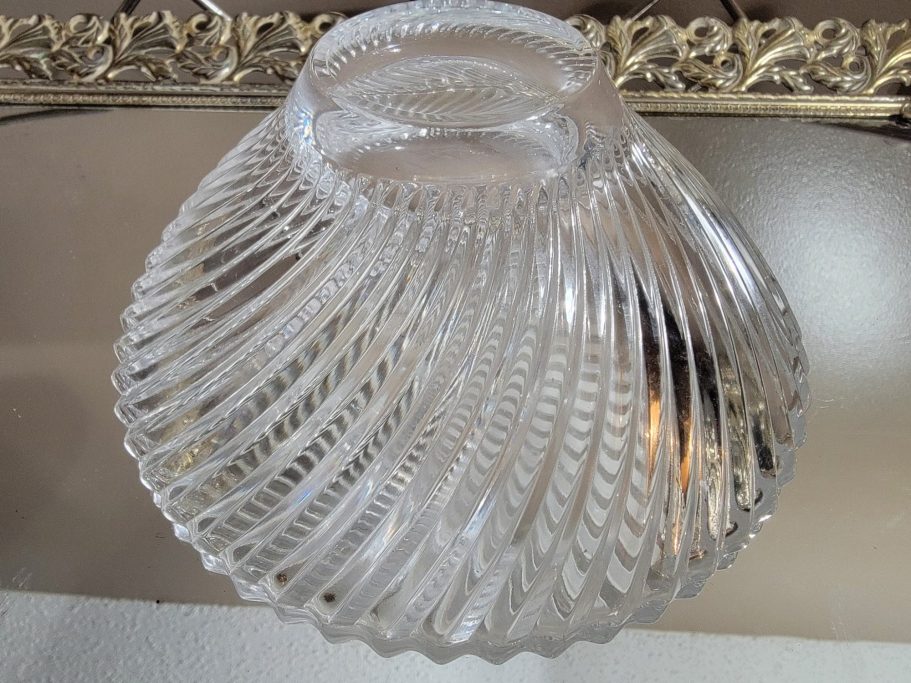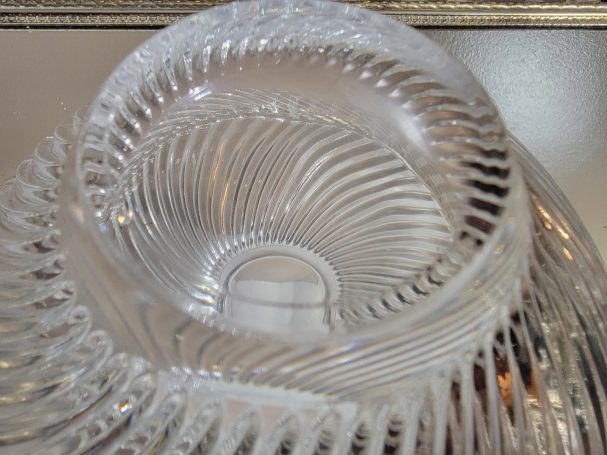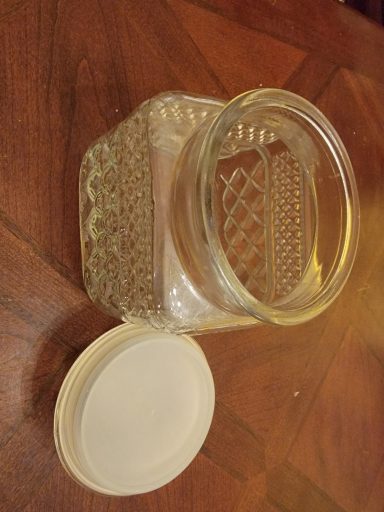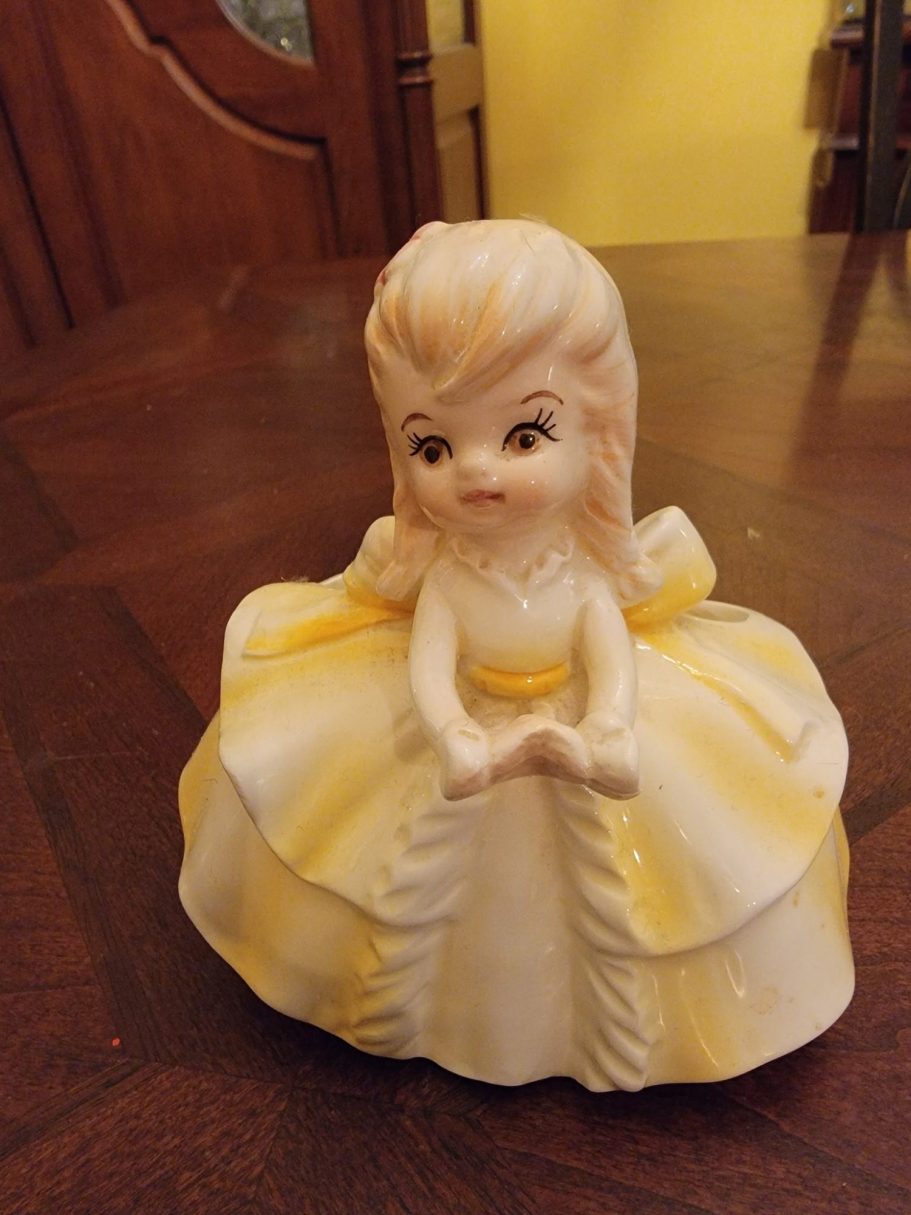The Evolution of "Vintage":
The term "vintage" is more recent and generally refers to items that are older but not yet antiques (typically less than 100 years old). It often implies items that represent a specific era or style.
The rise of mass production in the 20th century created a new category of collectible items that weren't necessarily "antique" by age but were still desirable due to their design, nostalgia, or limited availability.
Popular vintage collecting categories include clothing, toys, furniture (especially mid-century modern), and various household goods.

Vintage Items Catalog
How to Purchase from Us.
You may inquire about purchasing items. Below each item, the price will be listed, along with a button to initiate contact via email. Upon receiving your inquiry, we will promptly respond to arrange payment, which will include the item's price and applicable shipping fees. For your security, an encrypted invoice link will be provided, directing you to a secure credit card checkout processed through PayPal. We are committed to maintaining the confidentiality and security of our customers' information."
Nachtmann 6" Swirl Pattern bowl
The Nachtmann Swirl pattern is a popular design from Nachtmann, a German manufacturer of fine Bavarian crystal glassware. Here's what we know about the history of Nachtmann and potentially the Swirl pattern:
Nachtmann Company History:
Founded in 1834: Michael Nachtmann founded the company in Unterhütte, Oberpfalz, Germany.
Specialized in Crystal: Over time, Nachtmann built a strong reputation as a specialist in crystal glassware.
Price: $14.00
Wexford Diamond Point Canister
This is a 6"1/2 inch Cannister. The top of the cannister seals tightly.The canister is in very good shape.
The Wexford pattern by Anchor Hocking is a highly recognizable and popular pressed glass pattern featuring prominent diamond points. Here's a history of the Wexford diamond point canister and the pattern itself
To understand the history of the Wexford canister, it's important to know about Anchor Hocking and the era of pressed glass.
Anchor Hocking's Origins: The Anchor Hocking Glass Company was formed in 1937 through the merger of the Anchor Cap and Closure Corporation and the Hocking Glass Company. Both companies had roots in Lancaster, Ohio, and were significant players in the glass manufacturing industry.
Hocking Glass Company's Legacy: Hocking Glass, founded in 1905, was known for producing affordable and durable pressed glass tableware. They were masters of mass production, making glassware accessible to a wide range of consumers
Price: $14.00
Semco Yellow Bow Southern Girl Planter
She is number 50/414 she measures 4" L x" W X5" H. She is in very good shape.
History
Southern Girl" Planters: These types of planters, often depicting women in stereotypical "Southern Belle" attire with wide-brimmed hats and sometimes holding baskets or wearing bows, were popular in the mid-20th century, particularly in the United States. They played into a romanticized and often nostalgic view of the American South. These planters were produced by various potteries and were a common form of decorative and functional ceramic ware.
Price: $23.00
Oyster Peral Patternerd Clear Pressed Candy Dish
The "Oyster Pearl" Pattern has a subtle iridescence or a beaded/textured surface reminiscent of pearls or oyster shells.
The Pressed glass itself has a history. It became popular in the 19th century as a way to mass-produce decorative glassware, making it accessible to more people.
The specific molds used for the "Oyster Pearl" pattern would have been carefully crafted.
The clarity of the glass and the crispness of the pressed design can be appreciated as a testament to the manufacturing techniques of the time it was made.
Since the MFG KIG was founded in 1969, the candy dish is at least a few decades old, giving it a vintage quality. This can be appealing to collectors or those who appreciate retro aesthetics.
Depending on its condition, a well-preserved vintage piece can be more special than a brand-new, mass-produced item.
Price: $ 18.00


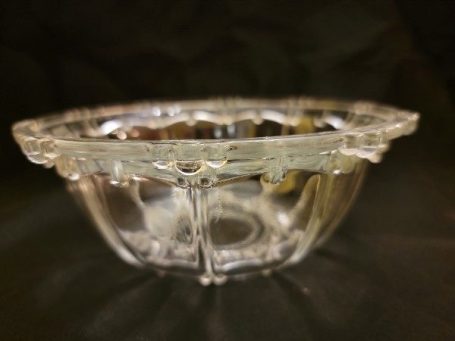

Anchor Hocking Amber Drinking Glasses Madrid
The Anchor Hocking Glass Company, founded in Lancaster, Ohio in 1905, has a long and rich history in American glassware production
- Early 20th Century: Anchor Hocking began by producing various glass items, quickly growing due to innovation and strategic acquisitions.
- Mid-20th Century: The company became a major force in the glassware industry, known for producing affordable and widely available tableware, including during the Depression era. They were known for their "Depression Glass" lines.
- Post-Mid-20th Century: Anchor Hocking continued to innovate and produce a wide range of glassware, adapting to changing styles and consumer needs. They introduced various colored glass lines, including amber, which was popular in certain decades.
- Popularity of Amber Glass: Amber-colored glassware saw significant popularity, particularly in the mid to late 20th century, often associated with a warm, retro aesthetic.
- Diamond Patterns: Diamond or "quilted diamond" patterns were also a common design motif in glassware during this period. These patterns added a tactile and visually interesting texture to the glass
"Madrid": This pattern, produced in the mid-20th century (often associated with the 1960s and 1970s), features a distinctive "diamond quilt" or "leaf/diamond" embossed design and was produced in amber.
This set is the Madrid Pattern There is a set of 4
Price: $23.00




Japanese Mede Miniature Oil Lamp
This Oil lamp is made of Milk Glass Featuring Flowers hand painted on body of lamp. Clear Chimmney with Fluting.
Milk glass, an opaque or translucent white glass that resembles milk, became popular in Europe and America during the mid-19th century. Japan also adopted the production of milk glass, likely starting in the late Meiji period (late 19th century) and continuing into the 20th century. milk glass became widely popular somewhat later than the initial Victorian craze for miniature oil lamps, a Japanese milk glass example with painted flowers is most likely a product of the early to mid-20th century. this Japanese-made miniature oil lamp with a milk glass body and painted flowers is likely a charming piece from the early to mid-20th century. It represents the intersection of Western decorative trends (miniature oil lamps, milk glass) and Japanese craftsmanship and artistic sensibilities (painted floral designs).
Price $20.00

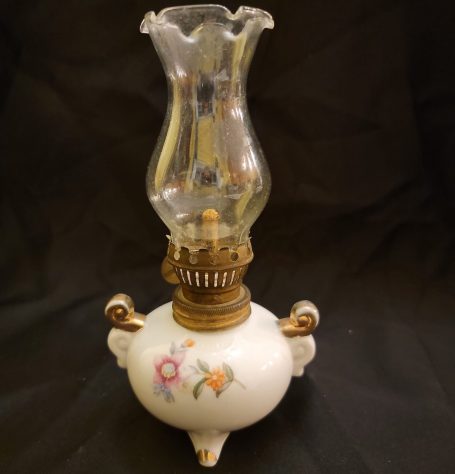


Hazel Atlas "Big Top" Peanut Butter Glass
1950's Hazel Atlas Peanut Butter Pedestal Glasses 6" Tall Diamond & Stars Print Set of 5 Glasses
Here's what you can observe in these glasses:
- Pattern: The distinct geometric pattern of alternating stars and diamonds is characteristic of this popular Hazel Atlas design used for peanut butter jars that were repurposed as drinking glasses. You can also see the starburst design on the base.
- Footed: This particular glass has a footed base, which is common for some variations of these peanut butter glasses, sometimes referred to as goblets or sherbet dishes depending on their exact size and intended use after the peanut butter was gone.
Price: $28.00




Lenox Holiday Votive Candle Holder With holly leaves and red berries
This Candle holder is 4.5" H with cutouts of holly and berries with 24 karat trim. this candle holder has normal wear and tear.
- Origin: The Lenox Holiday pattern was first introduced in 1974 by Lenox China, an American company.
- Popularity: It has become Lenox's most popular holiday pattern and is considered one of the most popular holiday patterns worldwide.
- Design: The pattern is known for its ivory china base, adorned with a festive holly and berries motif, and often accented with 24-karat gold trim.
- Tradition: The Lenox Holiday pattern has become a beloved tradition for many families during the Christmas and winter holiday season.
Price: $17.00




Amat wall plaque depicting a charming scene of a boy picking apples.
This is a Vintage Arnart Wall plaque number "7386" depicting a charming scene of a boy picking apples. The piece measures a substantial 6 inches in length and 5.5 inches in width and has a notable depth of 2 inches."
- Arnart Imports was a prolific importer: Active from 1953 to 2001 (and possibly still operating in a limited capacity), Arnart Imports brought in a vast array of decorative items, primarily from Japan and later Taiwan. These included porcelain figurines, wall plaques, and other decorative pieces.
- Variety of Styles: Arnart did not adhere to one specific style. They imported items that were popular at the time, which could range from Victorian-inspired pieces to more whimsical or naturalistic designs.
Price $15.00
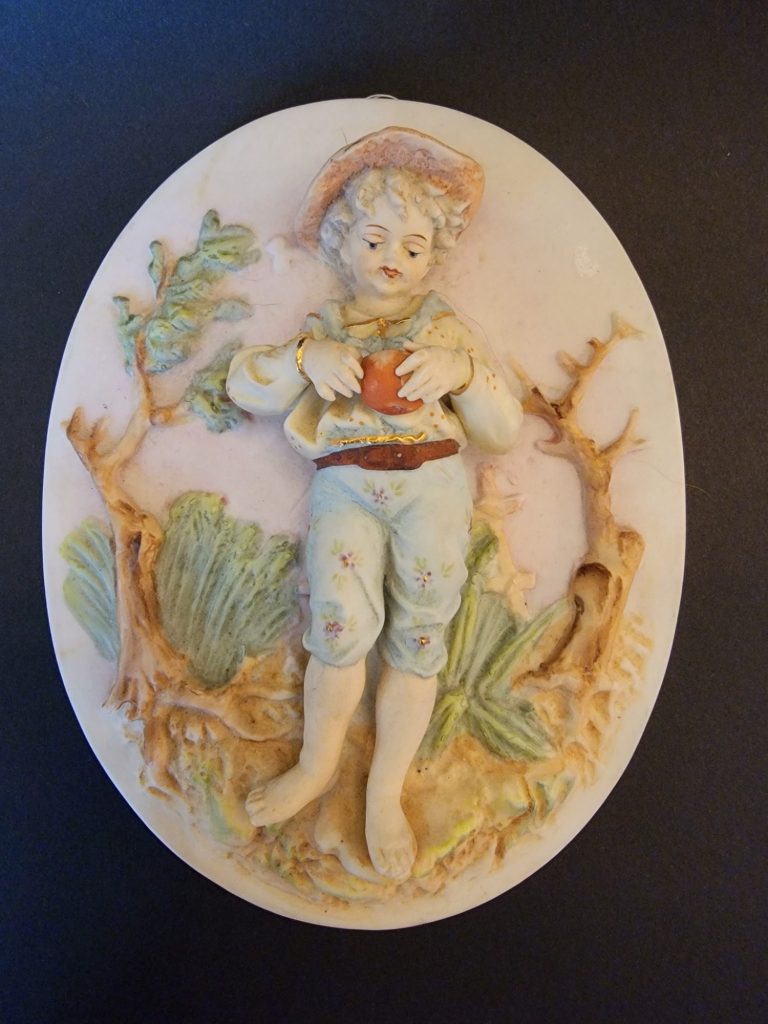
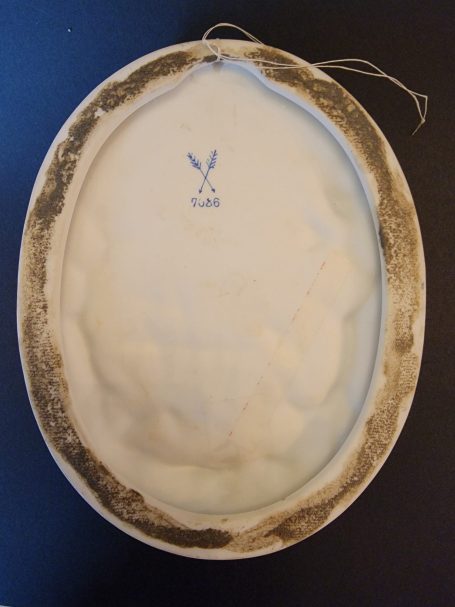



10" Blue Depression glass plate, produced by KIG Indonesia
This is a 10" Blue Depression glass plate, produced by KIG Indonesia (formerly Kedaung Industrial Group) in the 1980s. Featuring a charming fruits and vegetables pattern,
Qty 2
Price: $13.00 Ech
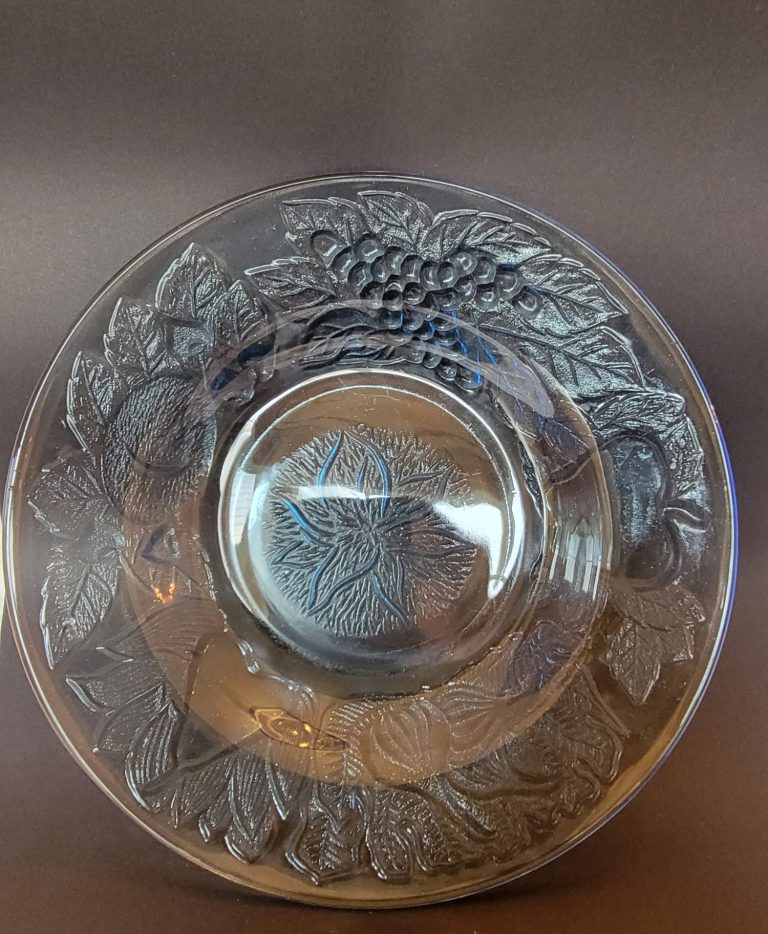


©Copyright. All rights reserved Briston & Teri's Vintage Antiques & Treasures
We need your consent to load the translations
We use a third-party service to translate the website content that may collect data about your activity. Please review the details in the privacy policy and accept the service to view the translations.

